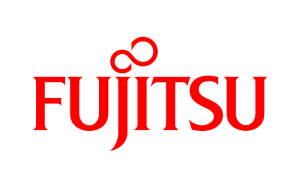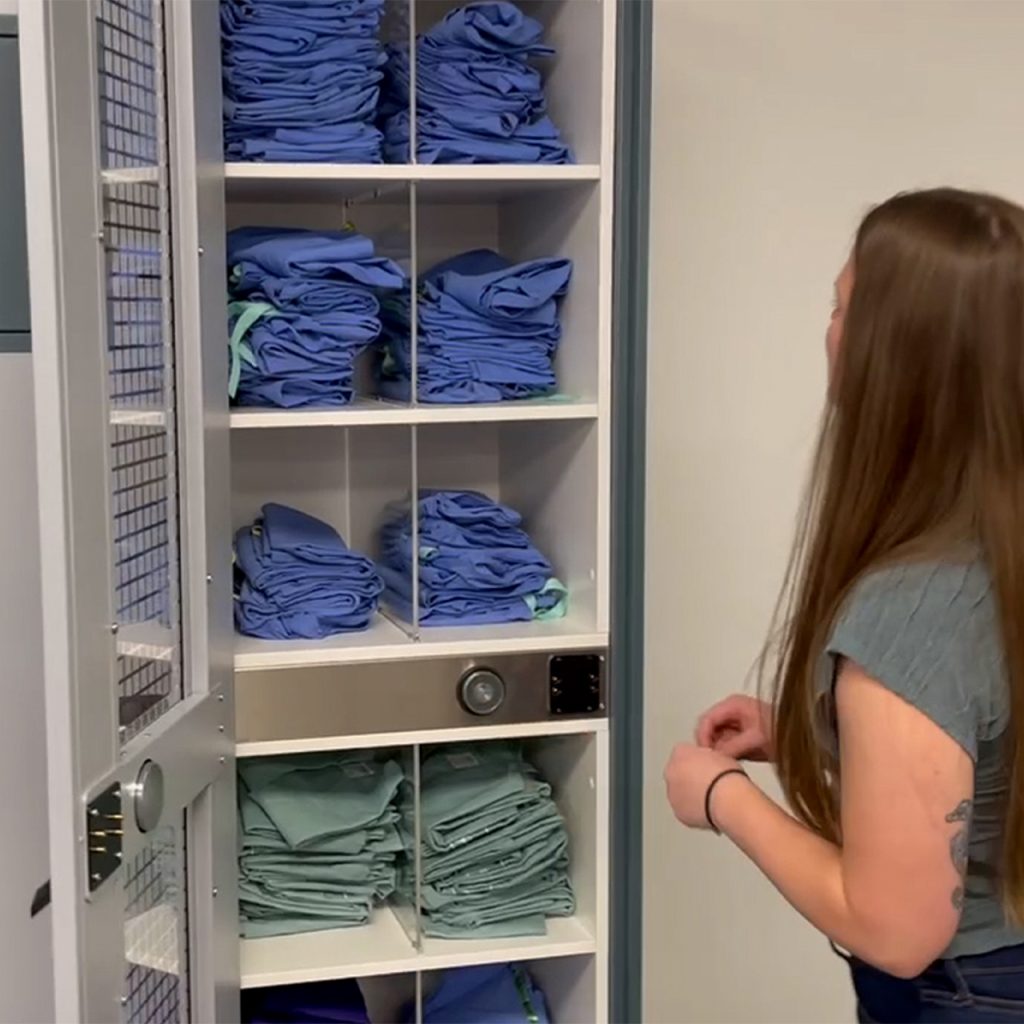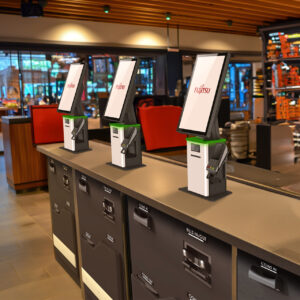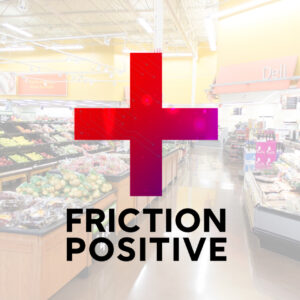As healthcare providers and facilities know, the cost of doing business while meeting patient expectations and strict regulations can be extremely high. Adopting new technology is key for reducing waste and improving patient satisfaction, but it is important to apply the right technology.
Fujitsu’s RFID solutions and palm vein biometric authentication system address some of the major areas of waste in healthcare. From medical scrubs to baby blankets, healthcare facilities must manage hundreds of linen items every day. Linens circulate between staff, patients and launderers frequently. Ultra-high frequency (UHF) RFID tags inserted into linens improves asset tracking and inventory management.
Another area of loss for healthcare facilities stems from patient registration issues. Duplicate and wrong patient records have many downstream effects, including patient dissatisfaction and labor required to fix medical records. Fujitsu’s PalmSecure biometric authentication system identifies patients with extreme accuracy and speed.
Fujitsu Frontech North America offers solutions designed to help healthcare facilities reduce waste and improve efficiency.
Linen Loss Prevention in Healthcare
Without unique data and systems in place, many healthcare facilities rely on tradition and “industry-standard” numbers for linen inventory management. For instance, the typical number used in healthcare for linen days-of-supply (Par) is 7 to 10.[1] However, a test conducted by Angelica, a healthcare linen and medical laundry service provider, showed that Par levels in healthcare facilities were much higher than 10 Par, and the average hospital stockpiles nearly 17 times the daily usage of linen.[2]
Fujitsu RFID tags help prevent linen loss. Linens equipped with RFID tags pass through readers at hospitals and laundry facilities. This provides healthcare facilities with the data they need to accurately manage linen inventory and reduce waste.
In Angelica’s test, healthcare facilities that switched to linens embedded with Fujitsu RFID tags reduced Par levels by 37% and linen loss rates by 54%.
Reducing Patient Misidentification at Healthcare Facilities
Not only can patient misidentification cause customer frustration, it can also lead to significant financial loss for hospitals. Duplicate and overlaid medical records can cost up to $5,000 to cleanse, and it also leaves the facility vulnerable to insurance claims and lawsuits.[3]
Fujitsu’s PalmSecure biometric authentication system helps prevent patient misidentification and duplicate records. PalmSecure uses palm vein patterns hidden under the skin to accurately identify and verify people. In hospitals, patients will register in the system by briefly placing their hand above Fujitsu’s F-Pro sensor; then, those patients can be quickly identified throughout the healthcare facility any time they come in simply by scanning their palm.
Palm vein biometric authentication can also be used in healthcare systems to control access to rooms or cabinets, and as a time and attendance system for hospital staff. PalmSecure is ideal for healthcare because it is highly reliable, contactless, and not affected by outside factors such as moisture on the skin.
Contact Fujitsu Frontech North America
Fujitsu’s RFID solutions and PalmSecure biometric security are being used to reduce waste and improve patient satisfaction at numerous healthcare facilities today. To find out more about how Fujitsu Frontech North America can help your healthcare facility prevent loss and increase efficiency, contact us today at (877) 766-7545 or [email protected].
[1] https://www.arta1.com/sites/arta1.com/files/Healthcare_Linen_Loss_Prevention.pdf
[2] http://www.angelica.com/awp/wp-content/uploads/2014/11/Reducing-Waste-in-Health-Care-Facilities-A-White-Paper-on-Linen-Services-2.pdf
[3] https://www.beckershospitalreview.com/ehrs/black-book-duplicate-patient-records-cost-hospitals-almost-2k-per-inpatient-stay.html





